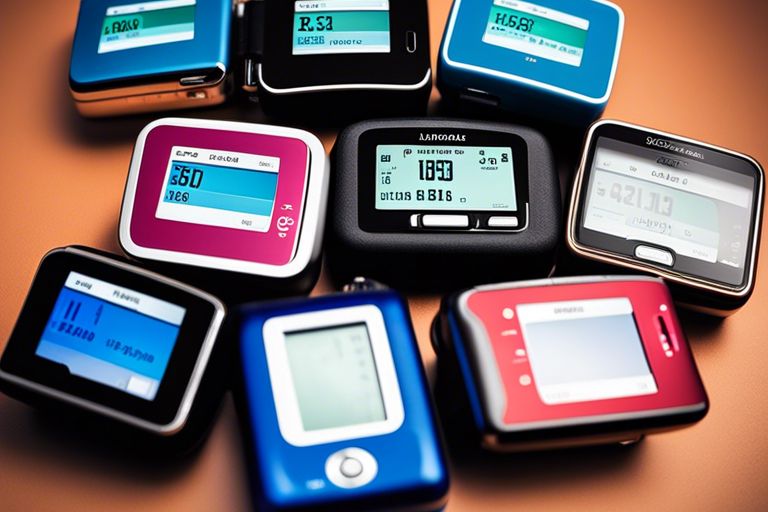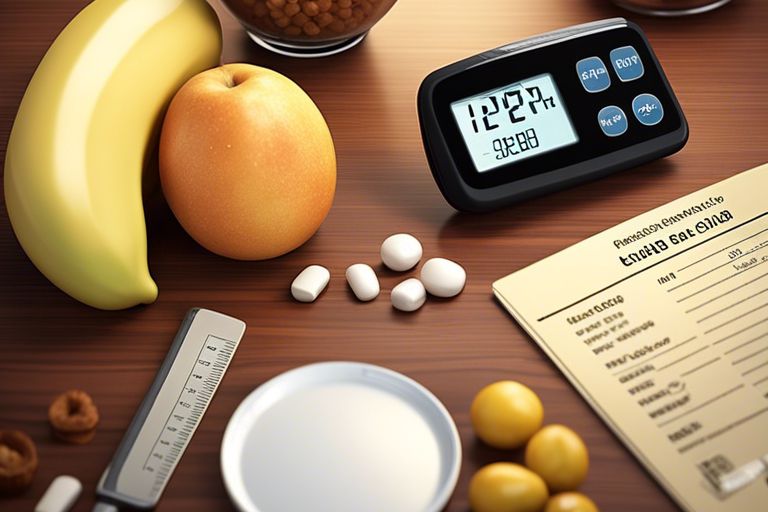You don’t have to be a medical expert to understand how to prevent and treat Diabetic Ketoacidosis (DKA). This informative blog post will break down the causes, symptoms, and the best ways to avoid this serious complication for individuals living with diabetes. With a witty tone and clear explanations, you’ll gain a better understanding of DKA and how to keep it at bay. So, sit back, relax, and let’s examine the world of diabetes management!
The Machinations of Metabolism
Glucose Galore: The Role of Blood Sugar
Role: Glucose, the body’s preferred fuel source, plays a crucial role in metabolism. When blood sugar levels are too high, it can lead to diabetic ketoacidosis, a serious complication for individuals with diabetes.
Ketone Bodies: Friends or Foes?
Role: Ketone bodies, the by-products of fat metabolism, can be both friends and foes. In normal circumstances, they provide an alternative energy source for the brain and muscles when glucose levels are low. However, in diabetic ketoacidosis, elevated ketone levels can be dangerous and lead to a life-threatening condition.
This duality of ketone bodies makes them intriguing players in the metabolic game. While they can be useful in certain situations, such as fasting or prolonged exercise, they can wreak havoc when levels spiral out of control. It is crucial for individuals with diabetes to keep a close eye on their ketone levels to prevent complications.
Preventing a Sour Fate
Lifestyle Choices: Your First Line of Defence
Some say that prevention is better than cure, and when it comes to diabetic ketoacidosis, this couldn’t be more true. Any diabetic knows that their lifestyle choices play a crucial role in managing their condition. By making small changes such as eating a balanced diet, exercising regularly, and monitoring blood sugar levels, you can greatly reduce the risk of developing diabetic ketoacidosis.
Monitoring and Medication: Tools of the Trade
Any diabetic will tell you that monitoring blood sugar levels and taking medication are key tools in the fight against diabetic ketoacidosis. Defence against this serious condition requires constant vigilance and adherence to treatment plans. Regularly checking your blood sugar levels, taking prescribed medication, and seeking medical advice when necessary are all crucial steps in preventing diabetic ketoacidosis.
Understanding the importance of monitoring blood sugar levels and taking medication is crucial in managing diabetes and preventing diabetic ketoacidosis. By staying on top of your health and following your treatment plan diligently, you can avoid the sour fate that diabetic ketoacidosis can bring. Bear in mind, a little vigilance goes a long way in staying healthy and happy!
The Treatment Tango
From Emergency to Equilibrium: Acute Management
To tackle diabetic ketoacidosis in the emergency setting, swift actions are required. From rehydration with intravenous fluids to correcting electrolyte imbalances and administering insulin, the focus is on stabilising the patient’s condition. Monitoring blood glucose levels and ketone bodies is vital in this critical phase.
Long-term Harmony: Maintaining the Balance
For long-term management of diabetic ketoacidosis, a careful balance of medication, diet, exercise, and regular monitoring is crucial. Consistent blood glucose control is key, along with staying hydrated and recognising the early signs of potential complications. It’s all about finding that sweet spot and keeping it steady.
Acute management may be about putting out fires, but long-term harmony is more like a delicate dance routine. A proactive approach, including regular check-ups with healthcare professionals and a supportive network, can help individuals with diabetes stay on track and prevent ketoacidosis episodes. Do not forget, it’s all about striking that balance and staying in tune with your body’s needs.
Conclusion
From above, it is evident that preventing and treating Diabetic Ketoacidosis (DKA) requires a combination of monitoring blood glucose levels, managing insulin intake, staying hydrated, and seeking medical help when necessary. It’s important for individuals with diabetes to be proactive in their self-care to avoid the risk of DKA. Keep in mind, a spoonful of prevention is worth a kilo of cure when it comes to managing this potentially serious condition. So, stay vigilant, stay hydrated, and keep those blood glucose levels in check to keep DKA at bay!




